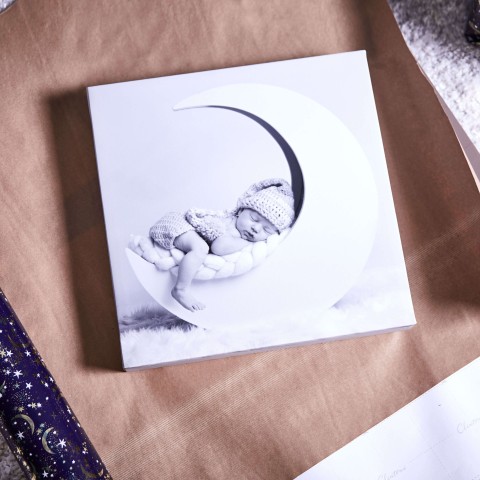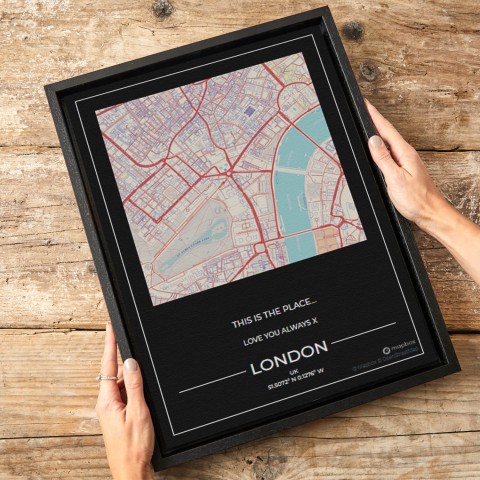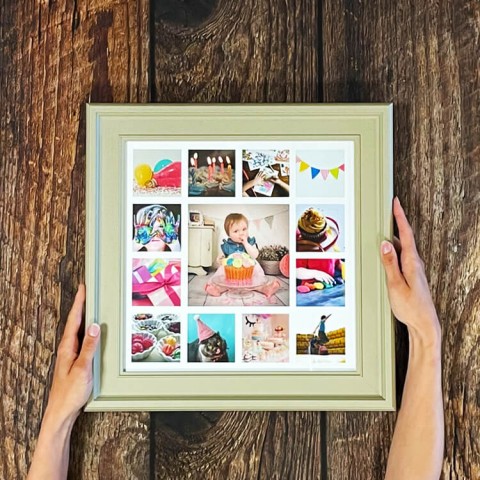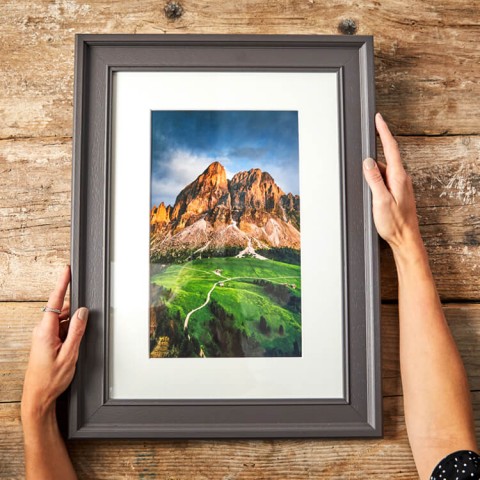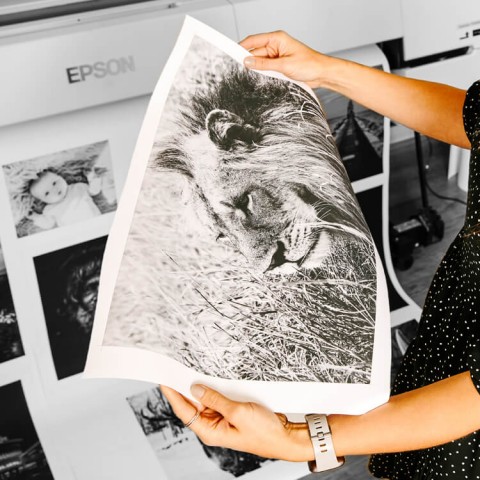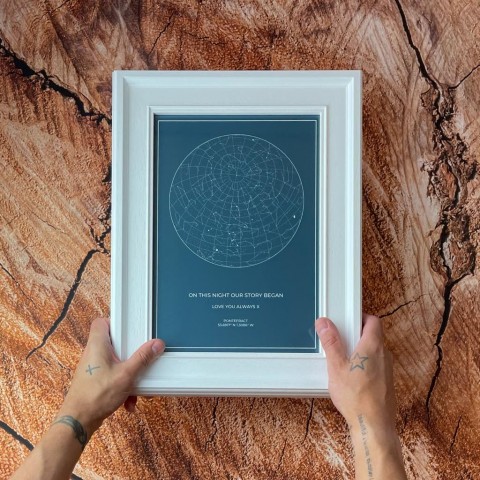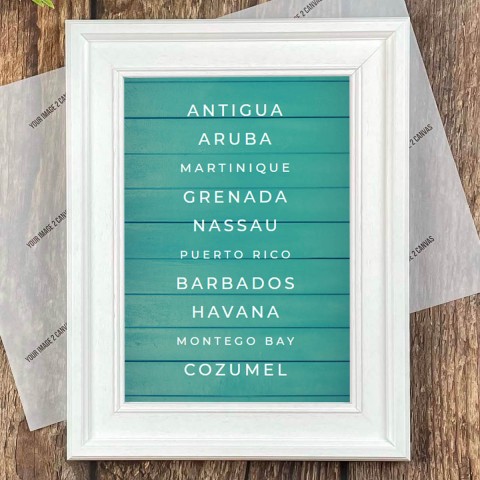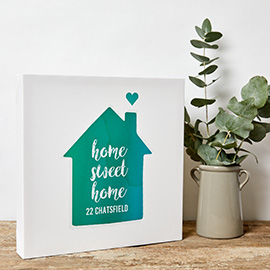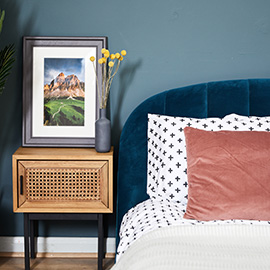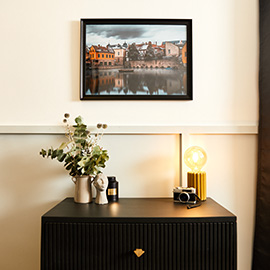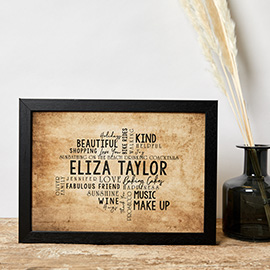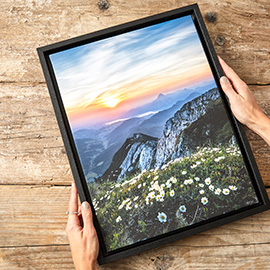The Lowdown on HDR – Part II
Last week we gave you a brief overview on the use of HDR to enhance your images. This week we'll take a look at some of the equipment that'll help you produce the best shots possible, adding a pro touch to your canvas prints.
Cameras
The good news is that you can produce very pleasing HDR images with most cameras. If you're simply a hobbyist with a point and shoot, you might find that your camera has an HDR function built in. Check your manual to see if it's a real HDR mode or a pseudo HDR that tone maps from a single image – the latter will generally create noisy images, and won’t be as good in terms of quality. In fact, most built-in HDR modes will produce much less pleasing shots than those you create yourself from multiple exposures, simply because of the computing power of the camera software.
The good news is that if your camera has a manual mode that allows you to choose the exposure values, you're good to go – and it's preferable if your camera shoots in RAW mode too. RAW images capture far more information and have a much greater dynamic range than jpegs and therefore produce a more detailed and noiseless end product.
Ideally, your camera allows for bracketing your exposures too. This mode, which is standard on virtually all DSLRs, takes multiple exposures at + and - intervals of your choosing. The best DSLRs will easily shoot 3/4 stops +/-, but as long as your camera allows for two stops, you'll be fine.
Lenses
More good news – any lens is fine! As long as it's sharp and has decent colour rendition, you can use anything for HDR.
Tripods
In some situations where you have plenty of available light, it might be possible to hold your camera steady enough to take your bracketed shots handheld, but we would discourage this as the chance of ghosting (images not matching up when stacked) increases. Although the best standalone software for creating HDR images will correct some ghosting, it's not perfect. For the very best quality, it's essential to use a quality tripod with a good ballhead because we are, in essence, taking a landscape shot – usually at quite a narrow aperture and the lowest possible ISO to minimise noise and maximise image quality.
Anything else?
Nothing else is really essential, but we do recommend a decent wireless trigger. It's possible to shoot decent HDR images with your timer on your camera, but a wireless trigger gives you much more control. The most important things to consider are how to get the sharpest set of images possible so that they combine to give a final result with great clarity.


